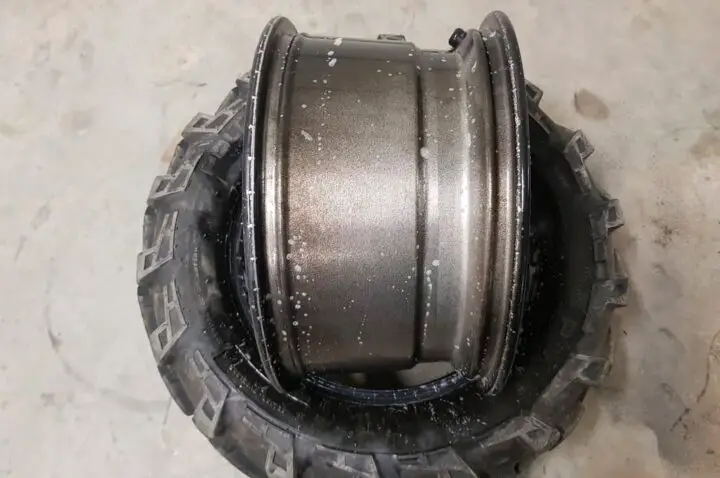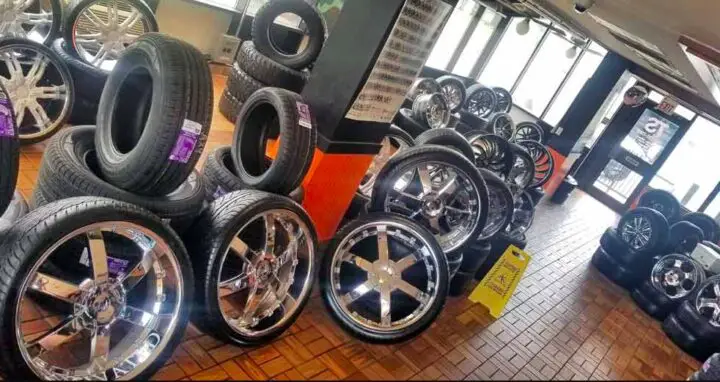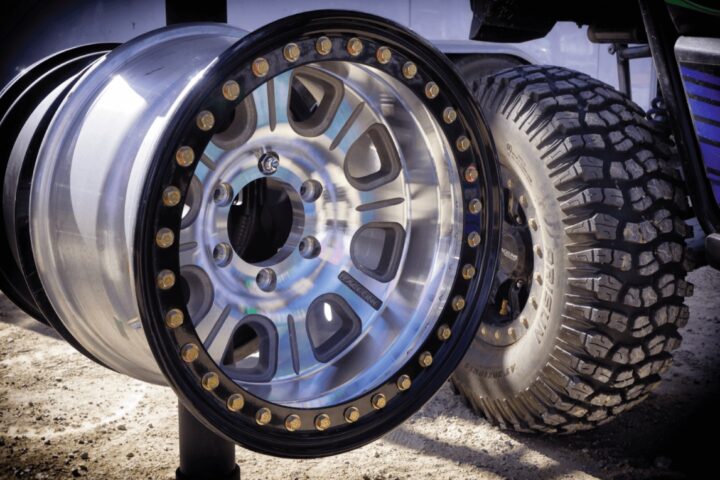Most people have heard the expression “tire rims and wheels” and assumed that it refers to the same product. Are tire wheels and rims the same thing? The answer is no. Although both terms may appear to be similar, they are in reality quite different.
A wheel is a spindle-shaped device that has several flat surfaces on its surface. The term “wheel” is typically used to refer to any one of those surfaces. There are various kinds of wheels that are available to consumers. For example, there are cross-legged tires and recumbent bikes which differ in the quantity of weight that’s supported by the wheel.

Tubeless rims and tires are just another example of wheels that are frequently sold in the marketplace. Tubeless rims and tires are created by adding strips of rubber between the tire and the rim, which prevent the air from moving through the tire and tube. This eliminates the possibility of air leaking from the tire to the rim and causing a blowout or other damage to the bike. The expression “tubeless” also applies to non-tubeless tires and rims.
Besides the above tires and rims, manufacturers have developed what are called “tubeless” tires. These special tires are designed to work like traditional tires except for the fact that they cannot contain air. Rather, air is introduced into the tire through a spinner.
The purpose of these special tires is to decrease air resistance, which may reduce a vehicle’s speed or even make it stop. These tubeless tires are sometimes used for racing. Some vehicles, like sports cars, have no rims in any respect.
When speaking of tires and wheels, it is important to realize that not all wheels and tires function in the same way. A wheel refers to the component of a bicycle that connects the pedals to the chair. A bicycle, on the other hand, refers to the part of a bicycle which allows the wheels to spin. The terms are often used interchangeably, but the difference between a bicycle and a wheel can be quite significant.

There are numerous different sizes of wheels that are available for bikes. Each size has its own purpose, and each type has its own particular set of characteristics that make it appropriate for certain sorts of bikes. For instance, big or extra-large wheels are often suitable for racing bicycles.
They give the rider more traction on the road and allow the wheels to spin faster. Extra-large wheels also provide more stability, as the large area on the exterior of the rim allows the wheel to counterbalance the significant number of smaller components within the tire. These larger wheels are often paired with larger tires.
Tires are also an important consideration when discussing whether or not bicycles share the same wheel and tire. Bicycle wheels can be of many different shapes and sizes. Some are made to match the particular frame that the bike uses.
Other kinds are shaped like traditional road tires, mountain bike tires, and even hybrid tires. Even though some are designed to work with specific bikes, many are designed to work with most types of wheels.
The differences between tires and rims are important to consider when purchasing a bicycle. If you have difficulty deciding which is best, consider purchasing used. Used wheels and tires are usually well maintained, as well as being much cheaper than buying a new bicycle.
Along with quality, consider the aesthetic appearance of the bike. The wheels and rims will match the overall style of the entire bicycle.

